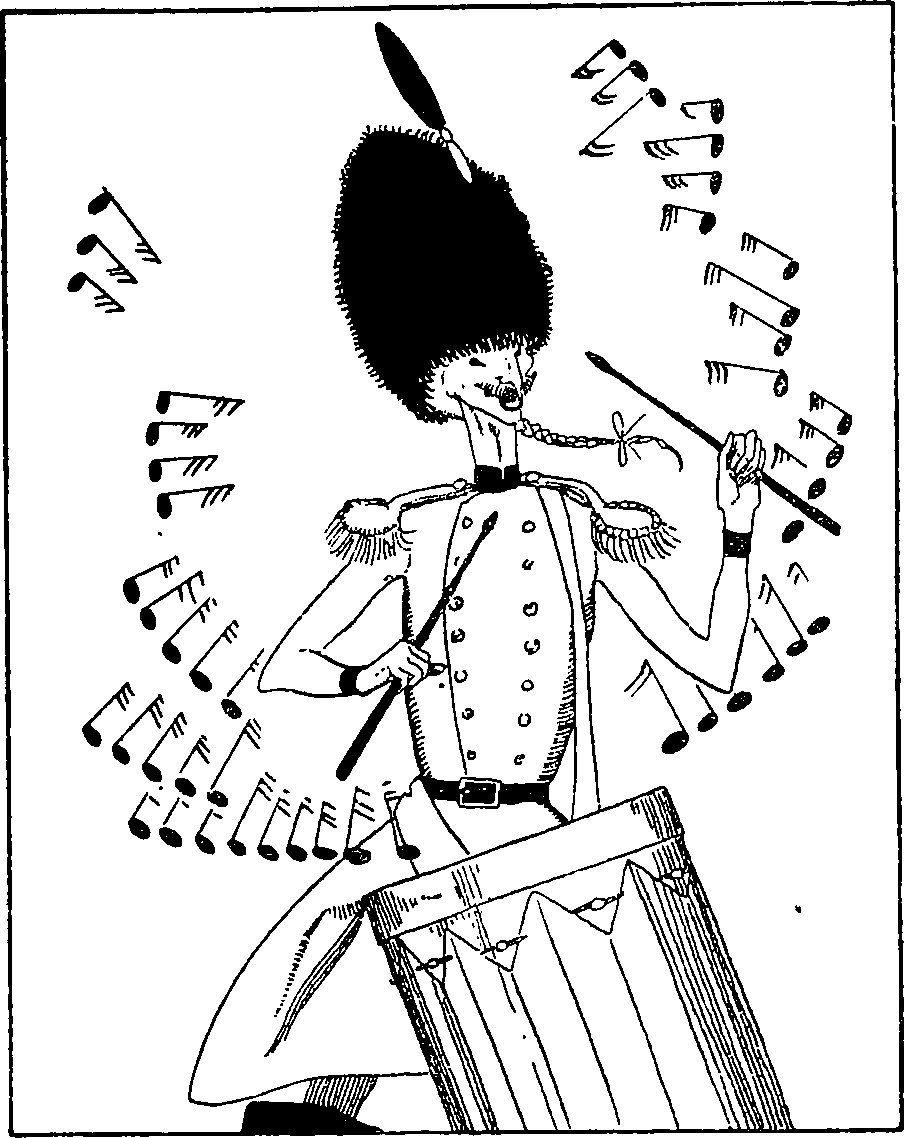Rhythm
Especially for generative music
2014-11-03 — 2019-10-22
Wherein the detection and construction of periodic patterns is examined through Kuramoto oscillators, autocorrelation structures and the manipulations of breakbeat cuts, and methods are outlined.
And the gardens of Japan
From Milan to Yucatan
Every woman, every man
Hit me with your rhythm stick
Hit me, hit me
Je t’adore, ich liebe dich
Hit me, hit me, hit me
Hit me with your rhythm stick
Hit me slowly, hit me quick
Hit me, hit me, hit me
— Ian Dury & The Blockheads - Hit Me With Your Rhythm Stick
Note on rhythm, the understanding and making, and detecting of it.
To mention/taxonomise/disambiguate:
- correlograms
- “vector strength” and event-based doohickeys versus continuous-signal systems
- Kuramoto oscillators
- Circle map
- phase-locked loops
- “Entrainment” (Is that phase locking from the analysis rather than design perspective?)
- The attraction of Pythagorean rhythms
- machine listening for it
- Lucky People Center International
- Autocorrelation structures and simulating point processes from them
- much of this overlaps with the mathematical and neural foundations of synchrony
1 Making rhythms
hidden Markov models
sync oscillator system
- continuous Kuramoto, possibly on a graph with an interesting topology
- or Strogatz/Perkel/Haken-style pulse-sync, possibly also on a graph
- (Pikovsky and Rosenblum 2007)
- Pulse-coupled oscillators (Canavier and Achuthan 2007)
- Deville’s Brownian calculus treatment suggests N!=4 and nearest neighbour networks
- left-field idea: work using decaying harmonics through feedback - macroscopic Karplus-Strong.
- any of these would be interesting with driving noise and arbitrary topologies. See also MIMO allpass.
2 Neurological basis of rhythm
See Synchronisation.
3 To read
Archimedean rhythms. Toussaint has all his papers online](http://cgm.cs.mcgill.ca/~godfried/rhythm-and-mathematics.html) and there are some good ones in there, not to mention his videolectures. And since it’s devastatingly simple, there are many implementations:
Blackdown on Offbeat 8ths and all that jazz
Weird connection, to my mind: Terry Tao, The Poisson-Dirichlet process, and large prime factors of a random number.
4 Breakbeat cuts
Slicing up your percussion line into mad junglist syncopations is a whole world of its own. Asides from selling a lot of vinyl, it has attracted significant academic interest.
Think of group theory angle, like a Rubik’s cube. Is it a pure group theoretic problem? Or are there additional constraints on a breakbeat cut such that it is still considered rhythmic?
- The “Amen Break”: The Most Famous 6-Second Drum Loop & How It Spawned a Sampling Revolution
- The-breaks is a collaborative archive of who-sampled-whom, which is not always breakbeat cuts, but often enough dammit.
- (Adamo 2010)
- (Collins 2002)
- (Hockman 2014)
- cute parameterised breakbeats: Amen Pi
- minimal example breakbeat cut code for supercollider (not the famous
BBcut2by Nick Collins, but simpler)
5 Periodicity Analysis
I’m coming at this from a musical angle; The correlation at different scales can be weird and wonderful and I wonder if some algorithm from the world of Nonlinear Time Series Wizardry could help.
This overlaps with a lot of things, but my core question is best summarised:
Can I use machine learning to identify what about breakbeat cuts makes them rhythmically interesting? What range of repetition between infinite sameness and total chaos is musically attractive?
More generally, identifying cycles and periodicity is itself interesting, so I’ll collect some notes to that purely abstract end here too.
